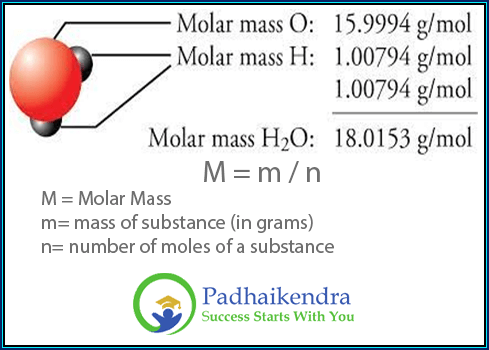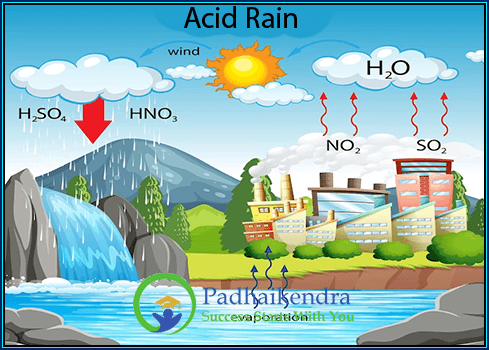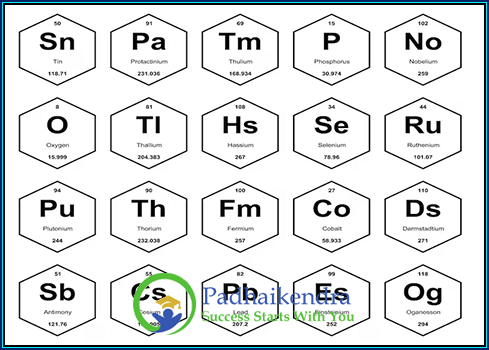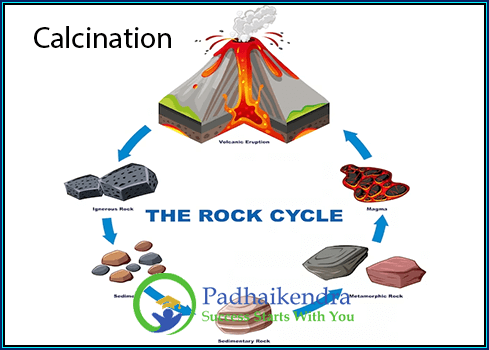What is Molecular Mass?
The molecular mass of a substance is the mass of a single molecule of that substance. It is measured in daltons (Da), which is a unit of mass equal to one-twelfth the mass of a carbon-12 atom. For example, the molecular mass of water (H2O) is 18 Da, because it is made up of two hydrogen atoms (each with a mass of 1 Da) and one oxygen atom (with a mass of 16 Da).
 How to Calculate Molecular Mass
How to Calculate Molecular Mass
To calculate the molecular mass of a compound, you first need to determine the molecular formula, which represents the number and types of atoms in a molecule. Then, you can use the atomic masses of each element in the molecular formula to calculate the molecular mass.
The molecular mass of a substance can be calculated by adding up the atomic masses of the atoms that make up the molecule. For example, the molecular mass of water can be calculated as follows:
Molecular mass of water = 2 × atomic mass of hydrogen + atomic mass of oxygen
Molecular mass of water = 2(1.008 amu) + 1(15.999 amu) = 18.015 amu
The molecular mass of water is 18.015 amu, which is equivalent to 18.015 g/mol.
Importance of Molecular Mass
Molecular mass is an important property of a substance because it can be used to determine a number of other properties, such as the density, melting point, and boiling point of the substance. It can also be used to calculate the amount of substance in a given volume or mass.
Units of Molecular Mass
The molecular mass of a substance can be expressed in a number of units, including daltons (Da), grams per mole (g/mol), and atomic mass units (amu).
- Daltons (Da) are a unit of mass equal to one-twelfth the mass of a carbon-12 atom.
- Grams per mole (g/mol) is the most common unit for expressing molecular mass. It is equal to the mass of one mole of a substance in grams.
- Atomic mass units (amu) are a unit of mass equal to one-sixteenth the mass of an oxygen-16 atom.
Applications of Molecular Mass
Molecular mass has a wide range of applications in chemistry, physics, and biology. Some of the most common applications include:
Stoichiometry: Stoichiometry is the study of the quantitative relationships between the reactants and products in chemical reactions. Molecular mass is used in stoichiometry to calculate the amount of reactants or products needed or produced in a reaction.
Peptide mass fingerprinting: Peptide mass fingerprinting is a technique used to identify proteins by comparing their molecular masses to those of known proteins.
Gel electrophoresis: Gel electrophoresis is a technique used to separate molecules by size. Molecular mass can be used to calculate the size of molecules separated by gel electrophoresis.
Molecular mass is an important property of a substance with a wide range of applications. It can be calculated by adding up the atomic masses of the atoms that make up the molecule. Molecular mass can be expressed in a number of units, including daltons (Da), grams per mole (g/mol), and atomic mass units (amu).


 How to Calculate Molecular Mass
How to Calculate Molecular Mass


